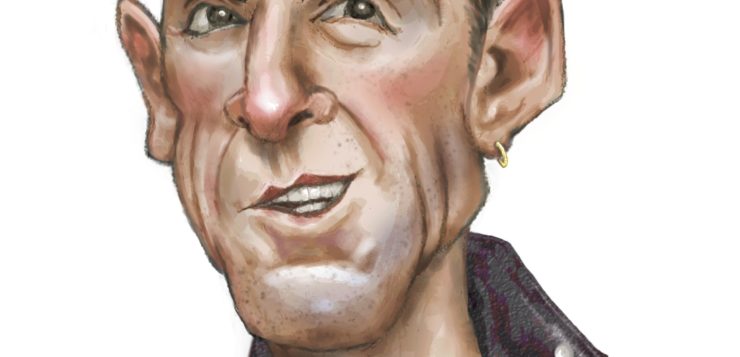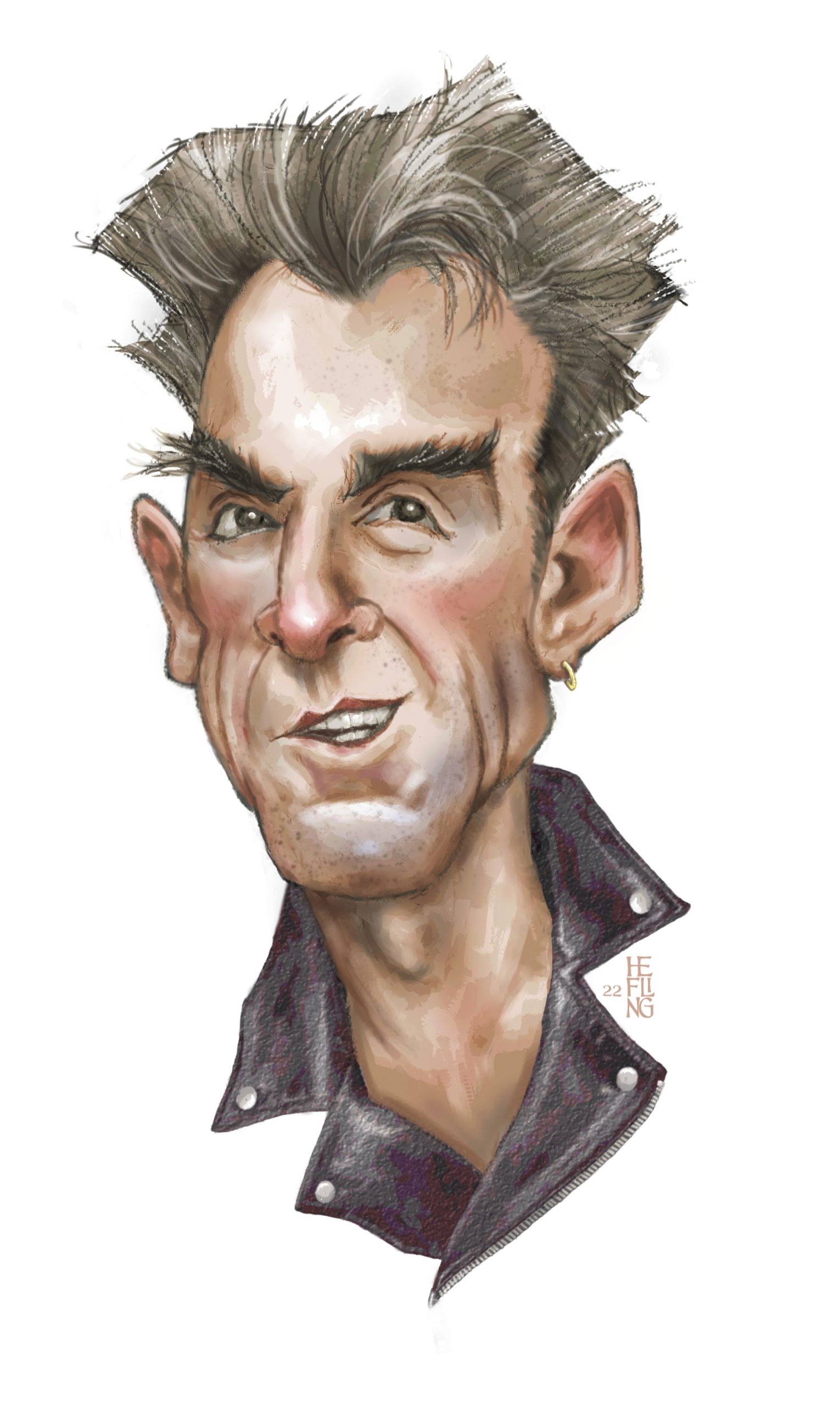THE FIRST GLIMPSE I had of Thom Gunn was his picture in a poetry anthology titled The Modern Poets, edited by John Malcolm Brinnin and William Read. It was assigned as a textbook in an English literature class I was taking at Emory University in 1963, with consequences for me that the teacher could not have anticipated. That anthology was the first to include pictures of the poets alongside their selection, a bonus that always makes the reader curious about how the writer’s appearance bears on the work itself. Most of the poets (all but one of them white) looked like solid, middle-class citizens, the men often in jacket and tie, the women in suit dresses. That included Elizabeth Bishop, a serene presence with hair in a neat short cut. (A decade later she would dedicate her poem “The End of March” to Brinnin and Read. By then I would know that the editors were in fact a couple.)
The anthology was my first exposure to Bishop and also to James Merrill, photographed in a shirt with the top button unbuttoned and seated in front of his piano. Eventually, I got to the photo of a lean, tough-looking customer with deeply creased cheeks, wearing tight jeans and a leather jacket, outdoors in open air and sunlight, a cigarette jabbed in his mouth. He was identified as Thom Gunn, a name as striking as his appearance, which fit (as did his tight jeans) the longish poem next to it. That was titled “On the Move,” and its subject was unorthodox: bikers, resembling those in the Marlon Brando film The Wild One. After a description of their leather, their goggles, and their bikes, Gunn says:
Exact conclusion of their hardiness
Has no shape yet, but from known whereabouts
They ride, direction where the tires press.
They scare a flight of birds across the field:
Much that is natural, to the will must yield.
Men manufacture both machine and soul,
And use what they imperfectly control
To dare a future from the taken routes.
Thom was determined to “dare a future” from roads not usually taken by poets, in an act of will needed for “soul making.” He had determined that a soul would be most authentically made if he lived as an outlier, an unapologetic queer renegade, indifferent to middle-class values and literary coteries. In the recently published collection of his letters (The Letters of Thom Gunn, selected and edited by Michael Nott, August Kleinzahler, and Clive Wilmer), he mentions Brando admiringly several times, an admiration that began with The Wild One. It prompted Thom to get a “hog” himself and ride around in it for a while, until his authentic self-understanding prompted him to let it go. His time was better spent at the writing desk.
§
Alfred Corn’s selected poems, titled The Returns, appeared last April. In 2021, he published a new version of Rilke’sDuino Elegies.








